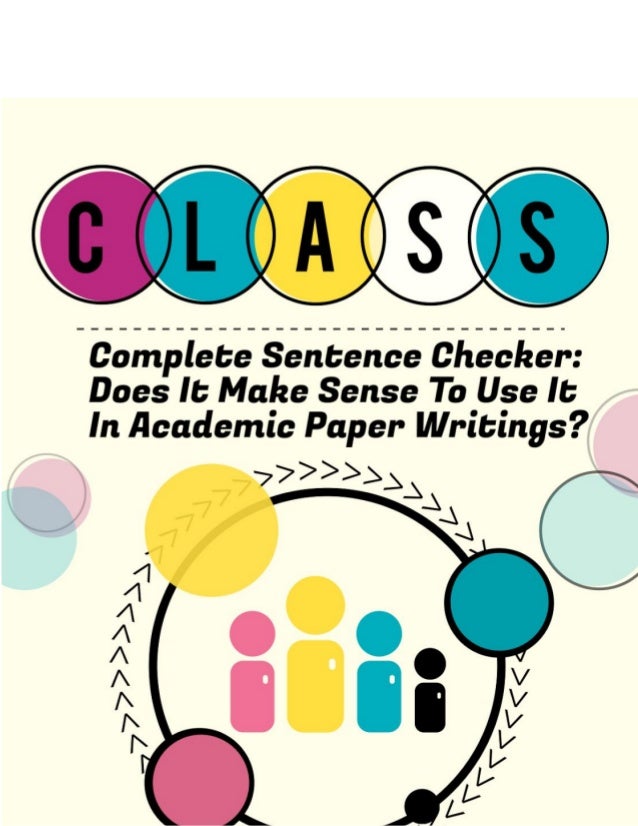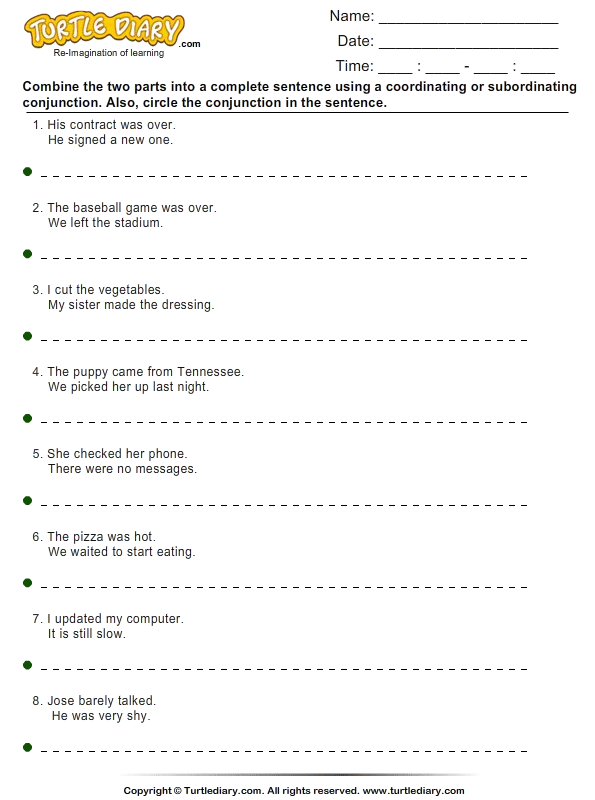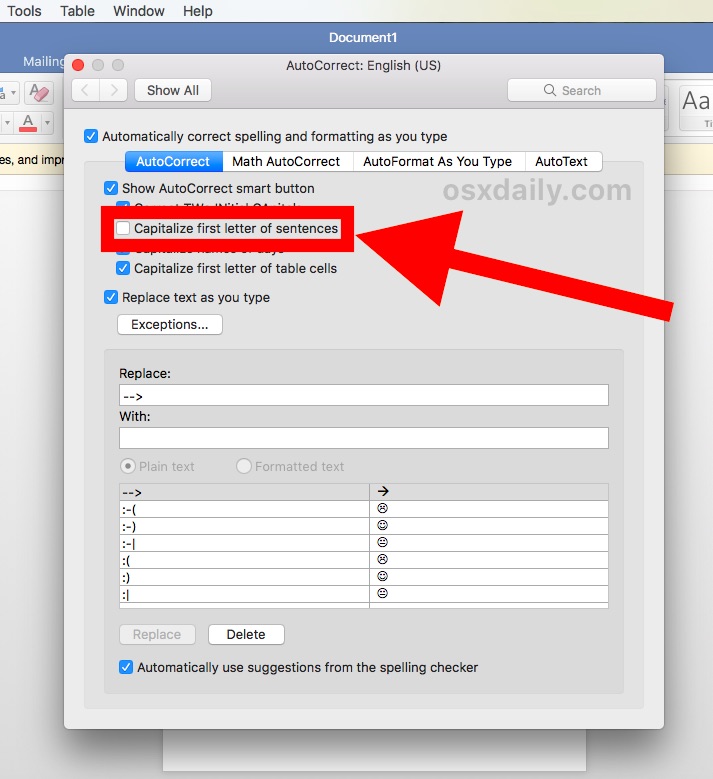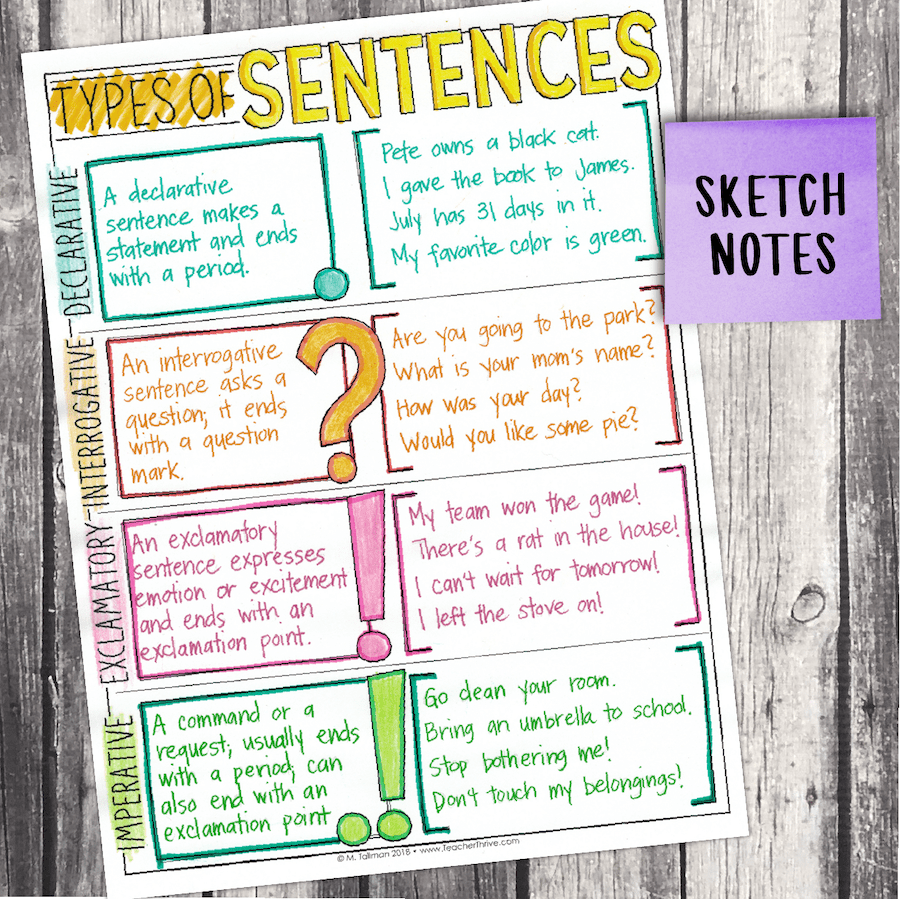The overuse of prepositional phrases often occurs when our thoughts are jumbled and we are unsure how concepts or ideas relate to one another. If you are preparing a report or a proposal, take the time to organize your thoughts in an outline before writing a rough draft. Read the draft aloud, either to yourself or to a colleague, and identify areas that are rambling or unclear. Reading aloud sometimes helps detect unclear and wordy sentences. You can also ask a colleague to paraphrase your main points to ensure that the meaning is clear.
On a sheet of paper, write a paragraph on a topic of your choice. Be sure to include a topic sentence, supporting sentences, and a concluding sentence and to use transitional words and phrases to link your ideas together. Make sure you understand their meaning before using them. I feel patriotic that the British lost the war against us Americans in 1776, and I'm glad you published this article online. However, if one wishes to market their novel internationally, then I guess one has to show a certain degree of consideration to the rules set forth by Oxford University.
It's just like we Americans get to end our sentences in prepositions and British people don't. To connect two sentences using an –ing modifier, add –ing to one of the verbs in the sentences and delete the subject . Use a comma to separate the modifier from the subject of the sentence. It is important to make sure that the main idea in your revised sentence is contained in the main clause, not in the modifier.
In this example, the main idea is that Steve discovered a virus, not that he checked the computer system. Use transition words or phrases between sentences and between paragraphs. The following paragraph shows how carefully chosen transitions lead the reader smoothly from the introduction to the conclusion of the paragraph. Parallel structures are created by constructing two or more phrases or sentences that have the same grammatical structure and use the same parts of speech.
By creating parallel structures you make your sentences clearer and easier to read. In addition, repeating a pattern in a series of consecutive sentences helps your reader see the connections between ideas. In the paragraph above about scientists and the sense of sight, several sentences in the body of the paragraph have been constructed in a parallel way.
The parallel structures help the reader see that the paragraph is organized as a set of examples of a general statement. Using the tips on developing effective topic sentences in this section, create a topic sentence on each of the following subjects. Remember to include a controlling idea as well as a main idea.
Pick up any newspaper or magazine and read the first sentence of an article. Are you fairly confident that you know what the rest of the article is about? An effective topic sentence combines a main idea with the writer's personal attitude or opinion.
It serves to orient the reader and provides an indication of what will follow in the rest of the paragraph. One answer to this important question may be "long enough"—long enough for you to address your points and explain your main idea. To grab attention or to present succinct supporting ideas, a paragraph can be fairly short and consist of two to three sentences. A paragraph in a complex essay about some abstract point in philosophy or archaeology can be two-thirds of a page or more in length. As long as the writer maintains close focus on the topic and does not ramble, a long paragraph is acceptable. In general, try to keep the paragraphs longer than one sentence but shorter than two-thirds of a page of double spaced text, or roughly 75 to 200 words in length.
In his draft, Jorge frequently paraphrased details from sources. At times, he needed to rewrite a sentence more than once to ensure he was paraphrasing ideas correctly. Below is a passage with examples of how he paraphrased and adapted the information to create his own paragraph. Then read Jorge's initial attempt at paraphrasing it, followed by the final version of his paraphrase. Like prepositional phrases, these clauses can be fragments if they are not connected to an independent clause containing a subject and a verb.
To fix the problem, you can add such a fragment to the beginning or end of a sentence. If the fragment is added at the beginning of a sentence, add a comma after it before the independent clause. In a passive sentence, the order of the words is different-the object comes first, and the subject appears at the end of the sentence or isn't included at all. To spot the passive voice, look at the main verb of each sentence-if there's a form of "be" and a past tense verb (many end with -ed), the sentence may be passive. The passive voice is not a grammatical error, and it can be useful, especially in scientific writing. But writing in the passive voice often leads to using more words than necessary.
Passive sentences can also frustrate or confuse your readers, who must wait patiently to find out who or what did the action of the sentence. Overuse of prepositional phrases (which begin with words like "in," "for," "at," "on," "through," and "over") can make a sentence clunky and unclear. To locate this problem, circle the prepositions in your draft and see whether you can eliminate any prepositional phrases without losing your meaning. Sometimes the easiest way to revise a wordy sentence is to ask yourself "What do I really mean here? " and then write a new sentence; this approach can be more efficient than just tinkering with your existing sentence.
When you see a preposition, check to see that it is part of a sentence containing a subject and a verb. If it is not connected to a complete sentence, it is a fragment, and you will need to fix this type of fragment by combining it with another sentence. You can add the prepositional phrase to the end of the sentence.
If you add it to the beginning of the other sentence, insert a comma after the prepositional phrase. Figure 3.2 illustrates how you can edit a fragment that begins with a preposition. Even now, people in my business writing classes tell me they learned things in college–recently–that are not correct.
I myself have shared a couple of ideas that turned out to be wrong–or at least not completely correct. In addition to varying sentence structure, consider varying the types of sentences you are using in a report or other workplace document. Most sentences are declarative, but a carefully placed question, exclamation, or command can pique colleagues' interest, even if the subject material is fairly dry. Beginning your report with a rhetorical question, such as "Where is our money going?
" encourages people to continue reading to find out the answers. Although they should be used sparingly in academic and professional writing, questions or commands are effective rhetorical devices. The underlined words are all prepositional phrases.
Notice how they add additional information to the text and provide a sense of flow to the essay, making it less choppy and more pleasurable to read. If you are having trouble figuring out why these sentences are similar, try underlining the subject in each. You will notice that the subject is positioned at the beginning of each sentence—John and Amanda, the car, students. In this chapter, you will follow a student named Naomi who has written a draft of an essay but needs to refine her writing. You can use these techniques when revising a paper to bring life and rhythm to your work. They will also make reading your work more enjoyable.
How to write topic sentences A topic sentence sums up the main point of each paragraph. Use topic sentences to structure your ideas and keep your paragraphs focused. Working in a group of four or five, assign each group member the task of collecting one document each. These documents might include magazine or newspaper articles, workplace documents, academic essays, chapters from a reference book, film or book reviews, or any other type of writing.
As a group, read through each document and discuss the author's purpose for writing. Use the information you have learned in this chapter to decide whether the main purpose is to summarize, analyze, synthesize, or evaluate. Write a brief report on the purpose of each document, using supporting evidence from the text. Although no single sentence in this paragraph states the main idea, the entire paragraph focuses on one concept—that Luella is extremely old. The topic sentence is thus implied rather than stated.
This technique is often used in descriptive or narrative writing. Implied topic sentences work well if the writer has a firm idea of what he or she intends to say in the paragraph and sticks to it. However, a paragraph loses its effectiveness if an implied topic sentence is too subtle or the writer loses focus.
This topic sentence declares a favourable position for standardizing math and English education. You may find that a particular paragraph you write may be longer than one that will hold your audience's interest. Transition words or phrases show the connection between the two ideas. Material from a source, restate the information from an entire sentence or passage in your own words, using your own original sentence structure. A paraphrased source differs from a summarized source in that you focus on restating the ideas, not condensing them. Again, it is important to check your paraphrase against the source material to make sure it is both accurate and original.
Inexperienced writers sometimes use the thesaurus method of paraphrasing; that is, they simply rewrite the source material, replacing most of the words with synonyms. A true paraphrase restates ideas using the writer's own language and style. Isn't the answer to number 5 on to instead of onto?
Isn't "turn on" one of theose verb phrases and "to" concents the verb phrase to the thing that is getting the action. According to this lesson if we were to use the word "onto" it would be like say we are turing on top of that road. This way it would be like saying move in to that highway.
How To Use Make It In A Sentence I figure while we are driving we are on top of the street yes but when we make a trun a the light we are not moving on to the street becausewe are already on it. I guess if we weren't on the street and moving onto the street then it would be better to use "onto" instead of "on to". I'm trying to become a master a grammer so my writing looks more professional. I would be very greatful if you could clear this up for me. In a coherent paragraph, each sentence relates clearly to the topic sentence or controlling idea, but there is more to coherence than this. If a paragraph is coherent, each sentence flows smoothly into the next without obvious shifts or jumps.
A coherent paragraph also highlights the ties between old information and new information to make the structure of ideas or arguments clear to the reader. Learning to use synonyms effectively can help you better communicate your ideas. Clear and concise text using a variety of synonyms can provide your readers with more interesting reading that will hold their interest. After all, this is ultimately the goal in academic writing so that new topics and research can be clearly presented to anyone interested. Transition sentences | Tips & examples for clear writing Transition sentences are used to start a new paragraph or section in an essay. They help the reader understand connections between ideas.
Using the information you have learned in this chapter, write a paragraph about a current event. Now, rewrite the paragraph, placing the topic sentence in a different part of the paragraph. Read the two paragraphs aloud to a peer and have him or her identify the topic sentence. Discuss which paragraph is more effective and why. As a group, identify the weakest areas of the paragraph and rewrite them. Focus on the relationship between the topic sentence, supporting sentences, and concluding sentence.
Use transitions to illustrate the connection between each sentence in the paragraph. The last sentence of this paragraph is the topic sentence. It draws on specific examples and then makes a general statement that draws a conclusion from these examples (animals' senses are better than humans'). In this case, the supporting sentences are placed before the topic sentence and the concluding sentence is the same as the topic sentence. Each of the following sentences in the paragraph supports the topic sentence by providing further information about a specific reality television show. It reiterates the main point that viewers are bored with reality television shows by using different words from the topic sentence.
Learning how to develop a good topic sentence is the first step toward writing a solid paragraph. Once you have composed your topic sentence, you have a guideline for the rest of the paragraph. To complete the paragraph, a writer must support the topic sentence with additional information and summarize the main point with a concluding sentence. The foundation of a good paragraph is the topic sentence, which expresses the main idea of the paragraph.
The topic sentence relates to the thesis, or main point, of the essay and guides the reader by signposting what the paragraph is about. All the sentences in the rest of the paragraph should relate to the topic sentence. A prepositional phrase begins with a preposition and modifies or describes a word. The following circled phrases are examples of prepositional phrases. For both students and professionals, clear communication is important. Whether you are typing an email or writing a report or essay, it is your responsibility as the writer to present your thoughts and ideas clearly and precisely.
Writing in complete sentences is one way to ensure that you communicate well. This section covers how to recognize and write basic sentence structures and how to avoid some common writing errors. To connect two sentences using an –ed modifier, drop the helping verb and the subject from the sentence with an –ed verb form. This forms a modifying phrase that can be added to the beginning or end of the other sentence according to which fits best. As with the –ing modifier, be careful to place the word that the phrase modifies immediately after the phrase in order to avoid a dangling modifier. Reviewing and rewriting the beginning of sentences is a good way of introducing sentence variety into your writing.
Another useful technique is to connect two sentences using a modifier, a relative clause, or an appositive. This section examines how to connect ideas across several sentences in order to increase sentence variety and improve writing. But to fully understand a word's meaning, it helps to see it in action. Let us review some of the grammar rules that regulate affect and effect with some tips and examples. Particularly in paragraphs in which you define or identify an important idea or theory, be consistent in how you refer to it.
























